Abstract The innovative use of photovoltaics (PV) on parking lots, water bodies, or agricultural areas reduces land use conflicts by co-using land with renewable PV production. In contrast to conventional open-field PV, their potential role in future energy systems has…
Tag: energy systems
Energy innovation funding and social equity: Mediating role of just energy transition
Abstract Public investments in research, development, demonstration, and deployment in energy systems are crucial for accelerating the adoption of new energy technologies that can support a low-carbon just energy transition and promote the fair and equitable distribution of benefits and…
Electric vehicle drivers can estimate their personalized fuel savings with new Argonne tool
Argonne National Laboratory’s new tool lets drivers estimate personalized fuel savings for electric vehicles, based on local factors.
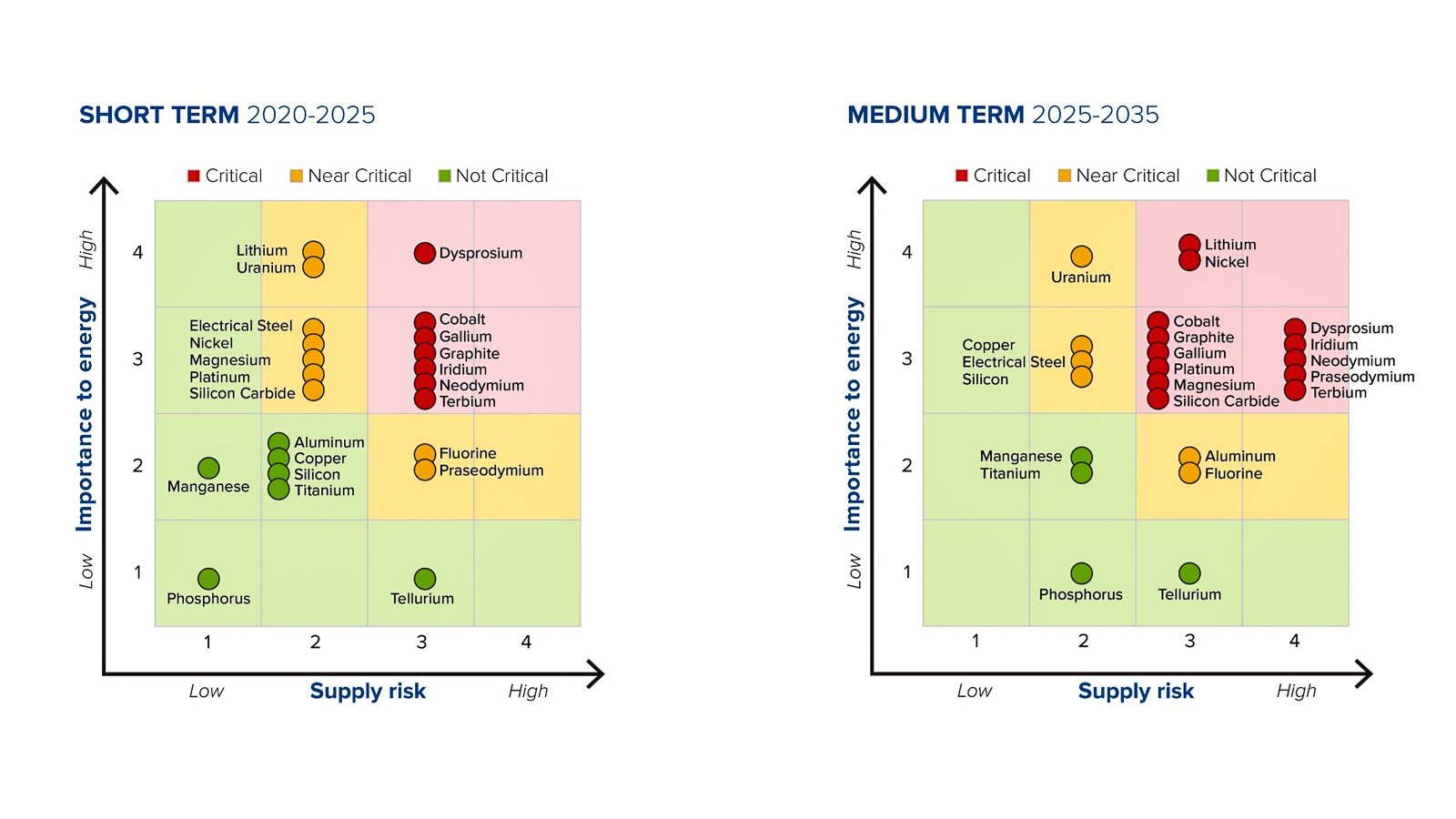
Critical materials assessment tags potential supply chain bottlenecks
Global production of LED lights, wind turbine generators, EV batteries and more require critical materials that are in high demand. A new report, led by scientists at Argonne National Laboratory, assesses rare materials and their supply.
Strengthening the grid’s ‘backbone’ with hydropower
Argonne’s recent research points to hydropower’s great potential to complement the variability of wind and solar power — and ultimately serve as the backbone for a clean grid.
Media Tip: A call for better energy system models to enable a decarbonized future
Leading modeling experts from the U.S. Department of Energy’s Argonne National Laboratory and other institutions are sounding the alarm about the urgent need for improved energy system models in a recent Nature Energy paper.
Media Tip: Argonne tool helps map out where to develop clean energy infrastructure
The Geospatial Energy Mapper (GEM) from the U.S. Department of Energy’s Argonne National Laboratory is an interactive online mapping tool with an extensive catalog of mapping data for energy planning.
Modeling a net-zero future: Energy experts harness simulation for global decarbonization
The Department of Energy’s Net Zero World Initiative promotes knowledge exchange and fosters global decarbonization community.
Plastic production via advanced recycling lowers GHG emissions
Research by the U.S. Department of Energy’s Argonne National Laboratory reveals that recycling post-use plastic through pyrolysis can reduce GHG emissions by 18-23%. Approach can potentially enhance sustainability by minimizing waste and fossil resource reliance.
A call for better energy system models to enable a decarbonized future
Top modeling experts detail how to improve energy system models so that they properly account for the technical characteristics of energy storage and how storage interacts with the grid.
A new look at the electric vehicle supply chain as battery-powered cars hit the roads en masse
Researchers at Argonne have published a series of reports that look at how production of electric vehicles and lithium-ion batteries for cars are reshaping the transportation sector, with impacts ranging from job creation to reduction of greenhouse gas emissions.
How Argonne makes the power grid more reliable and resilient
Argonne National Laboratory helps secure the nation’s energy future through innovative methods of deeply understanding the complexities of the electric power system.
Underground Water Could be the Solution to Green Heating and Cooling
About 12% of the total global energy demand comes from heating and cooling homes and businesses. A new study suggests that using underground water to maintain comfortable temperatures could reduce consumption of natural gas and electricity in this sector by 40% in the U.S. The approach, called aquifer thermal energy storage (ATES), could also help prevent blackouts caused by high power demand during extreme weather events.
Argonne is helping U.S. companies advance battery recycling technology and strengthen the nation’s battery supply chain
Companies from across the United States have partnered with the experts at Argonne to advance their battery reuse and recycling projects, thanks to funding from the Bipartisan Infrastructure Law.
Li-Bridge outlines steps for U.S. to double annual lithium battery revenues to $33 billion and provide 100,000 jobs by 2030
A public-private alliance, convened by the U.S. Department of Energy and managed by Argonne National Laboratory, released an action plan to accelerate the creation of a robust domestic manufacturing base and supply chain for lithium-based batteries.
Scientists develop more humane, environmentally friendly battery material
Scientists have developed a new lithium-ion battery cathode that is free of cobalt, making it more attractive geopolitically.
Taking Freight Trucks Electric Would Have Big Economic and Environmental Benefits for India
Diesel-fueled freight trucks play an outsized role in producing India’s total greenhouse gas and air pollution emissions. While the country has promoted policies to transition to electric vehicles for public transportation buses and cars, batteries that can power such large trucks have been too heavy and expensive to make their electrification possible. A new study shows that advances in battery technology and dramatically decreased battery costs in recent years have changed that. With the right policies and incentives, battery electric trucks would be more affordable to operate than diesel, and India could become a world leader in producing electric vehicles.
Argonne National Laboratory and Constellation sign long-term agreement to develop carbon-free power generation technologies
Argonne and Constellation establish long-term agreement to identify trends and develop efficient technologies in the U.S. energy system.
Can farms produce to the max and still reduce greenhouse gas emissions?
American farms produce food, animal feed and biofuel for the world. Scientists from Argonne National Laboratory are providing valuable tools to help big agriculture make decisions that maximize potential but cancel out greenhouse gas emissions.
Argonne researchers generate important breakthrough to help secure electrical grid
As the electrical grid is modernized, it requires new safeguards to keep it safe from cyberattackers. Researchers at Argonne have developed a novel security approach to find and stop cyberthreats that penetrate the IT layer, preserving grid stability.
Biofuels offer a cost-effective way to lower shipping emissions
Substituting biofuel could reduce the amount of greenhouse gases and other pollutants entering the air from ocean shipping, according to a study from researchers at the U.S. Department of Energy and Department of Transportation.
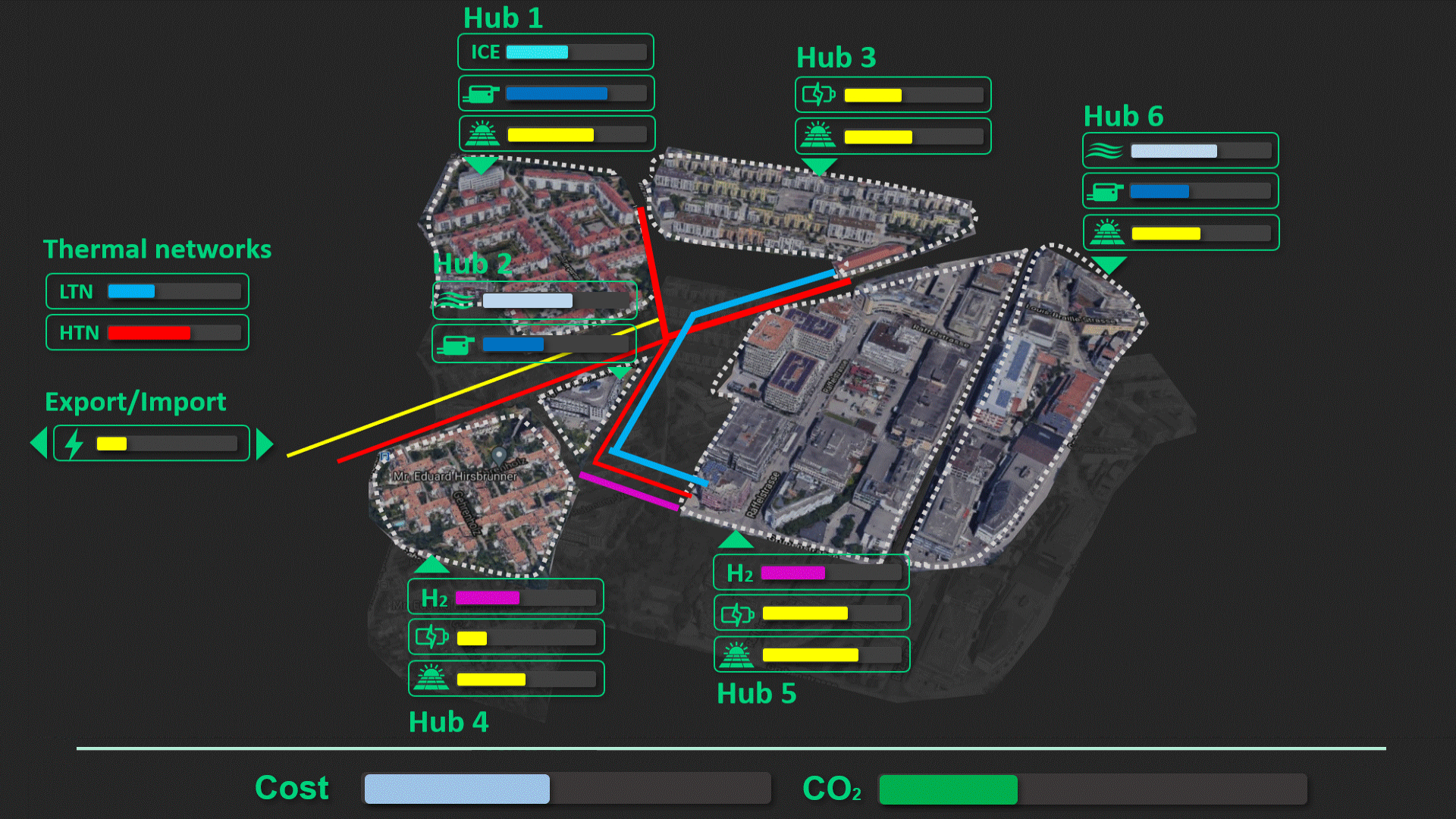
Composing new energy systems
Modern, decentralized energy systems are a highly complex matter. Planning them in an optimal and cost-efficient way is a major challenge for energy planners. Sympheny, an Empa spin-off, offers a software that helps planners to find the most suitable energy concept for a building, neighborhood or even an entire city, and thus to meet their sustainability and energy efficiency goals.
Changes in farming practices could reduce greenhouse gas emissions by 70% by 2036
Team used Argonne’s GREET model to simulate changes, predict outcomes.
Rare earth supply disruptions have long-range impacts, computer model shows
Many devices rely on rare earth elements. Disruptions to supplies have consequences. Argonne analyzed potential disruptions with a computer model called Global Critical Materials to forecast rare earth market dynamics.
Argonne partners with Chilean company SQM to better understand lithium life cycle
A groundbreaking collaboration with one of the world’s largest producers of lithium will yield critical insights into the lithium production process and how it relates to environmental sustainability.
Argonne leads creation of definitive valuation guide for pumped storage hydropower
Argonne scientists led four other laboratories in developing definitive guidance on how to value pumped storage hydropower projects. Their efforts resulted in DOE publication of the Pumped Storage Hydropower Valuation Guidebook: A Cost-Benefit and Decision Analysis Valuation Framework. The guide provides an objective, transparent valuation methodology and helps measure both monetary and non-monetary value streams.
Helping companies use high-performance computing to improve U.S. manufacturing
Argonne is helping U.S. companies solve pressing manufacturing challenges through an innovative program that provides access to Argonne’s world-class computing resources and technical expertise.
Alternative transportation fuels and hydrogen energy expert available: Amgad A. Elgowainy, Argonne National Laboratory
Amgad Elgowainy leads a team of researchers, postdocs and software developers in Argonne National Laboratory’s Systems Assessment Center. Elgowainy has collaborated with several industry partners to develop a better hydrogen refueling method that can potentially save time and costs. He…
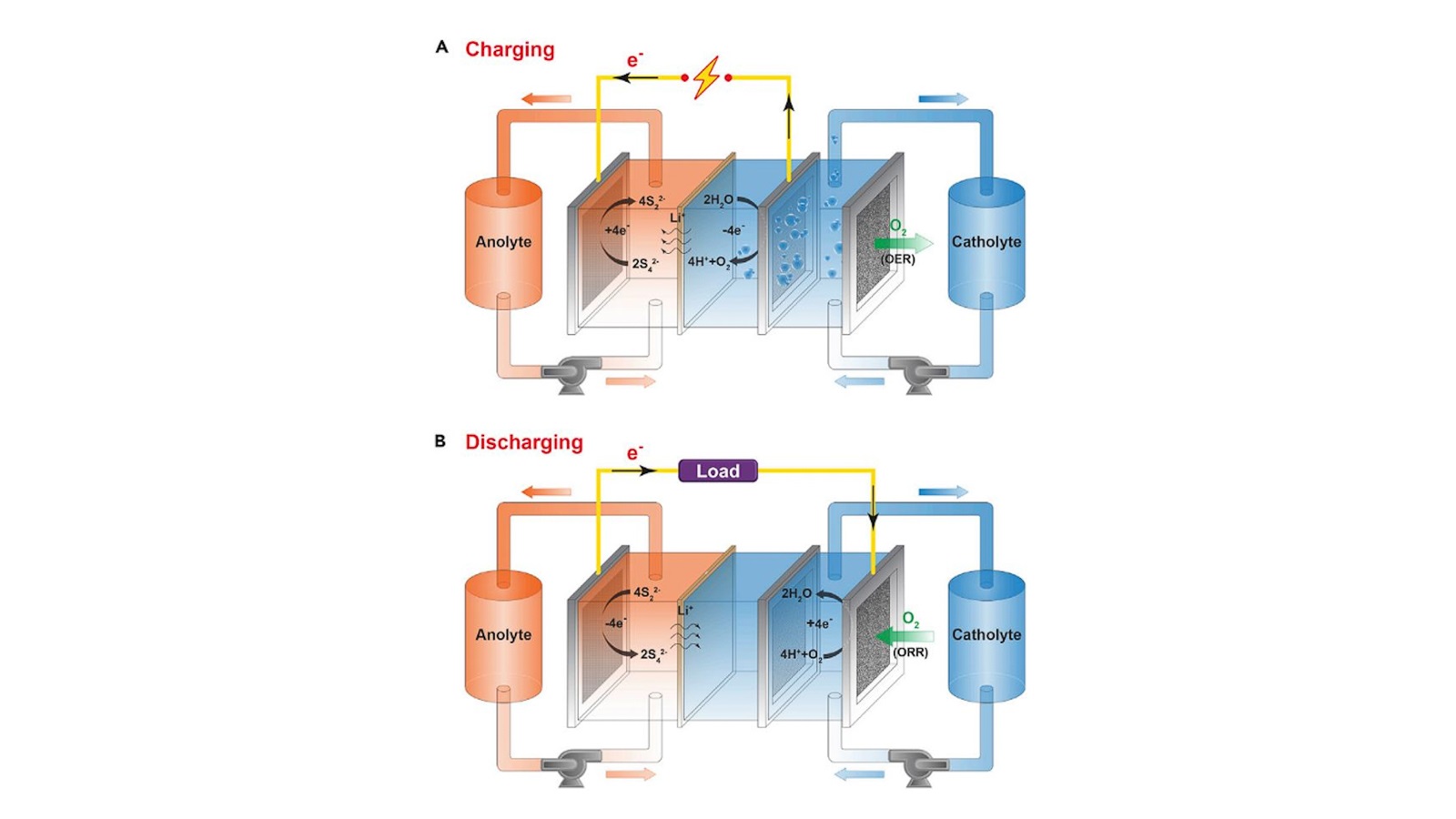
Reshaping the future of the electric grid through low-cost, long-duration discharge batteries
Research begun at the Department of Energy’s Joint Center for Energy Storage Research and continued at spinoff company Form Energy may launch a new era of renewable energy.
NEW PURDUE, MITRE RESEARCH PARTNERSHIP TO FOCUS ON INNOVATION
Purdue University and MITRE are combining their expertise and capabilities to form a new public-private partnership focusing on key areas of national safety and security.
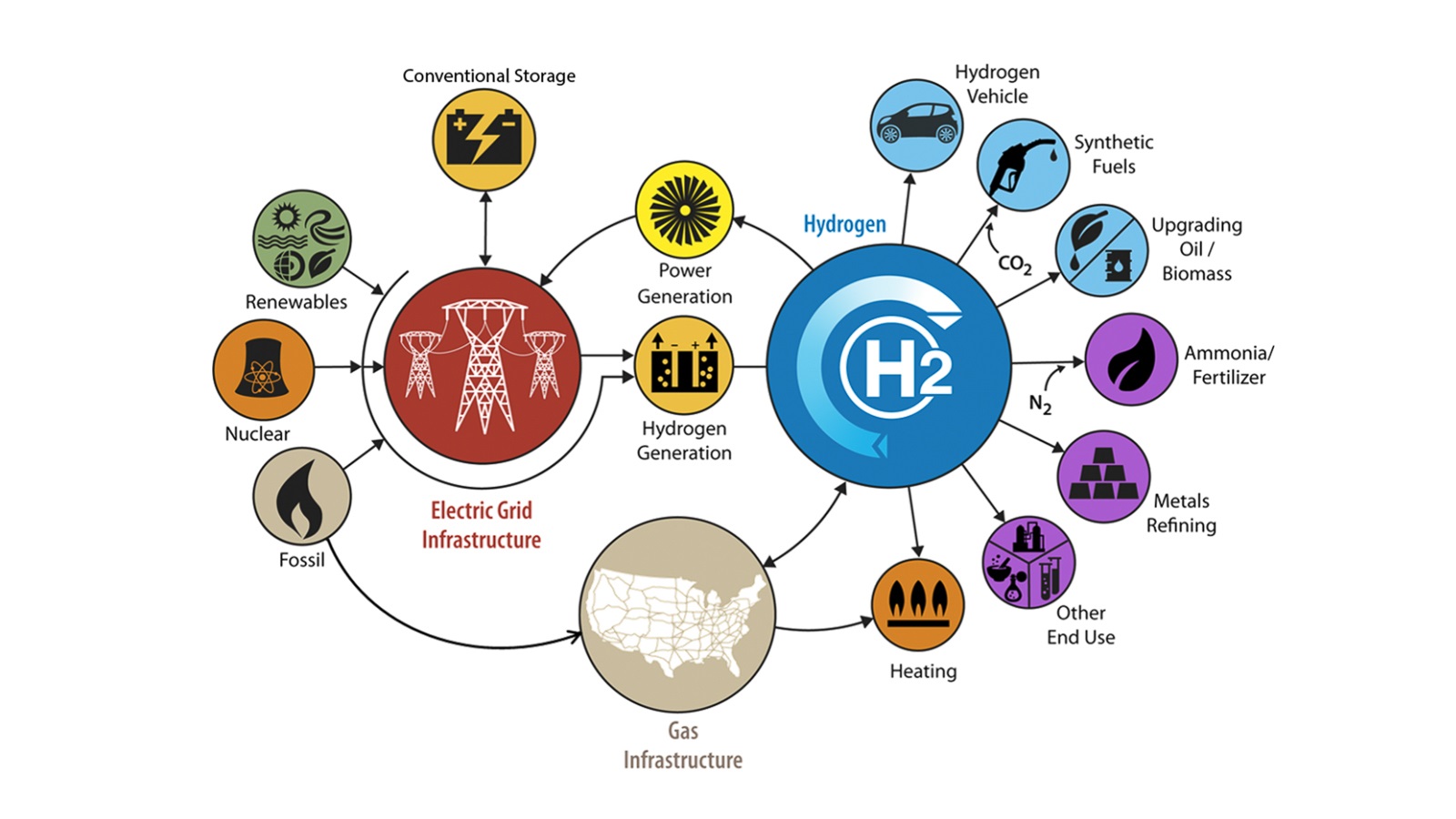
Great expectations: Argonne scientists weigh benefits of increased hydrogen production
Hydrogen technology has the potential to transform aspects of the energy landscape, according to a new report from Argonne scientists.
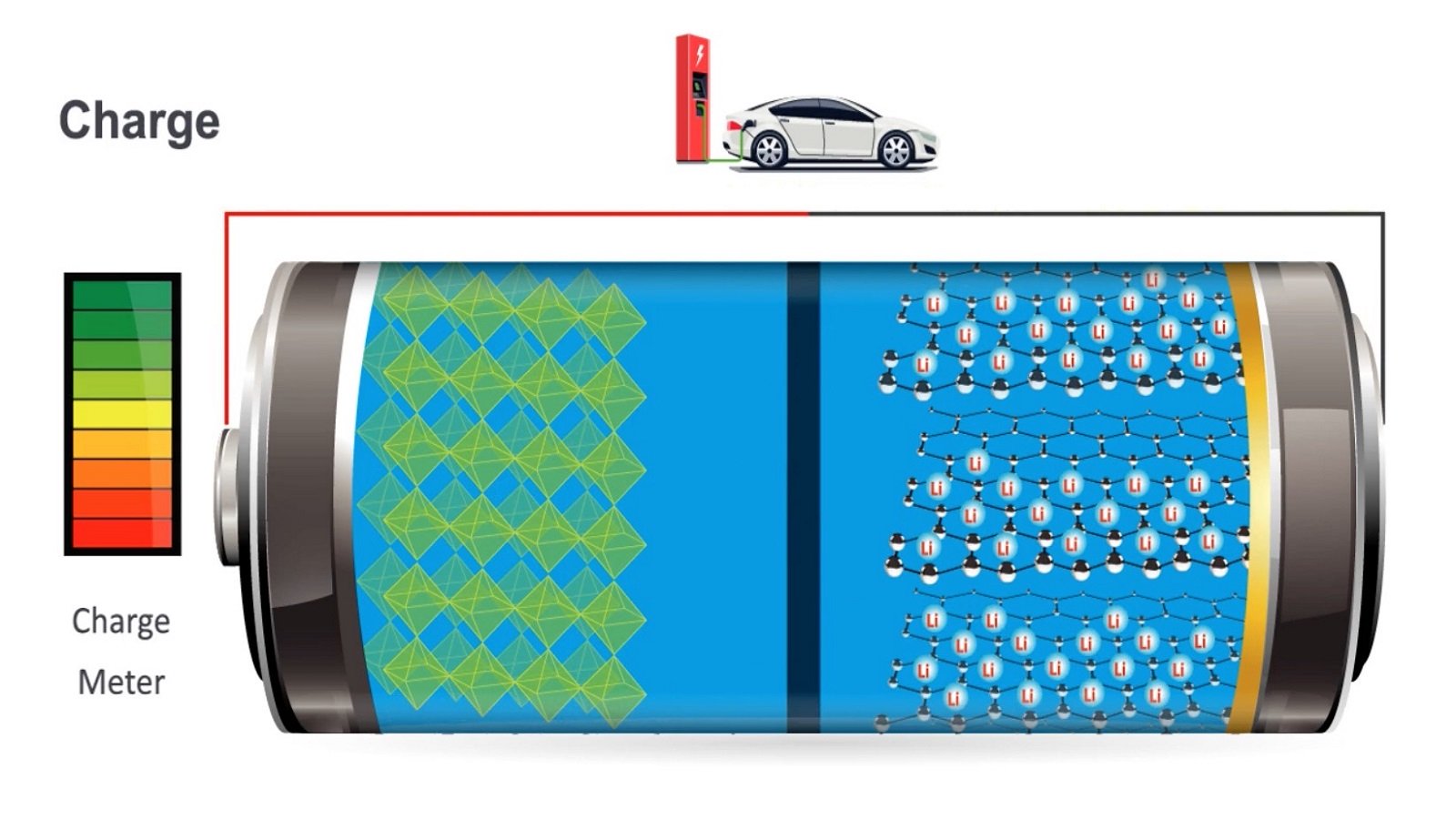
Battery of tests: Scientists figure out how to track what happens inside batteries
The new method could be the key to designing more efficient batteries for specific uses, like electric cars and airplanes.

Argonne’s first 3D look into fuel injector will improve efficiency, reliability
The first visualization of its kind, created by using powerful X-rays at Argonne’s Advanced Photon Source, will lead to improved manufacturing and efficiency.

Argonne-led collaborations pave the way for a greener tomorrow
Newly funded projects will contribute to innovative, advanced electric vehicle charging.

Could Argonne’s mini nuclear reactor solve the e-truck recharging dilemma?
Electric semitrucks could revolutionize the transportation industry. But not until a convenient source of electricity is found. Could mini nuclear reactors at rest stops solve this problem?
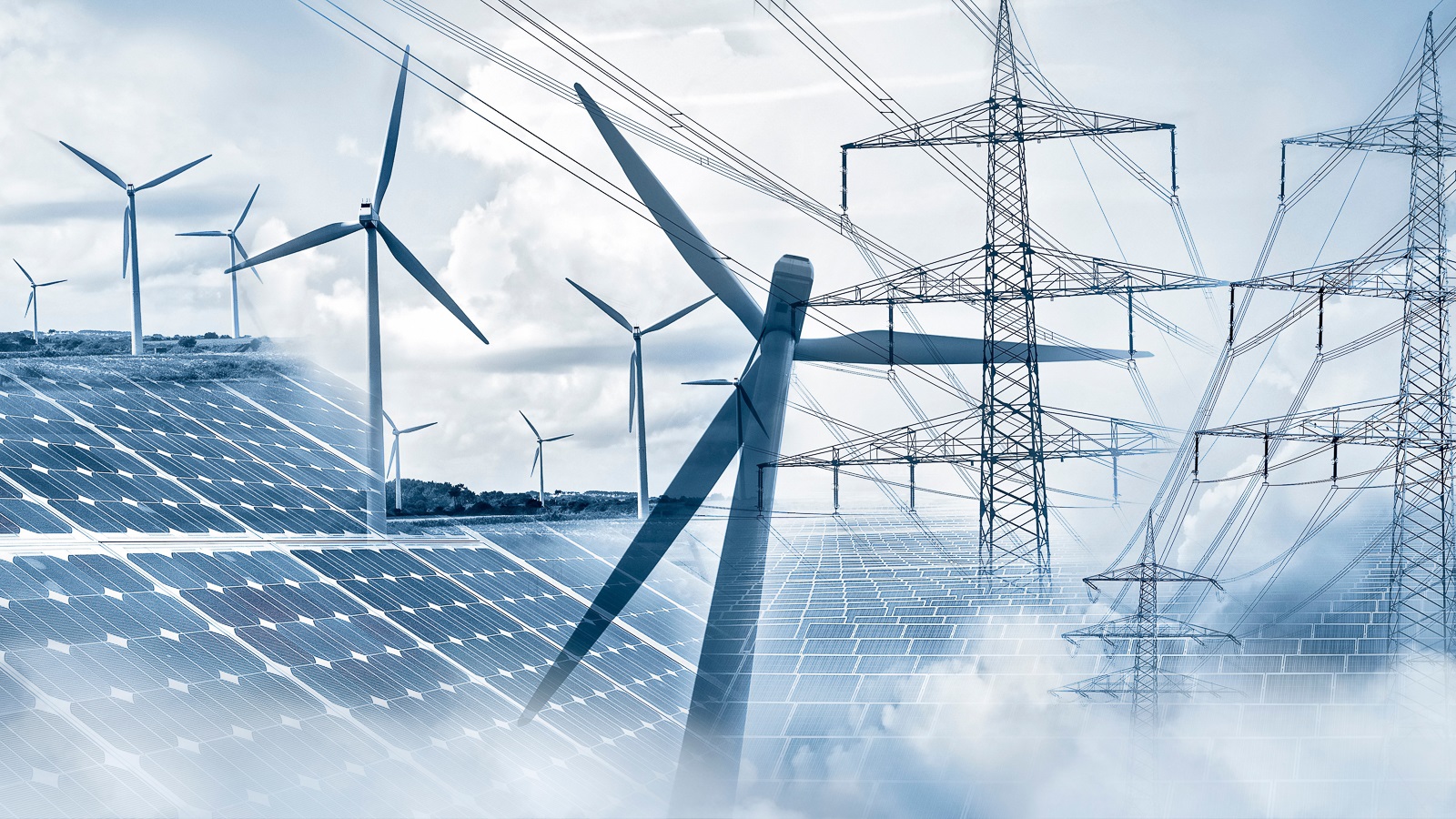
Argonne scientists use artificial intelligence in new way to strengthen power grid resiliency
A new artificial neural network model, created by Argonne scientists, handles both static and dynamic features of a power system with a relatively high degree of accuracy.

Argonne’s pivotal research discovers practices, technologies key to sustainable farming
Scientists study how sustainable farming practices could reduce emissions.
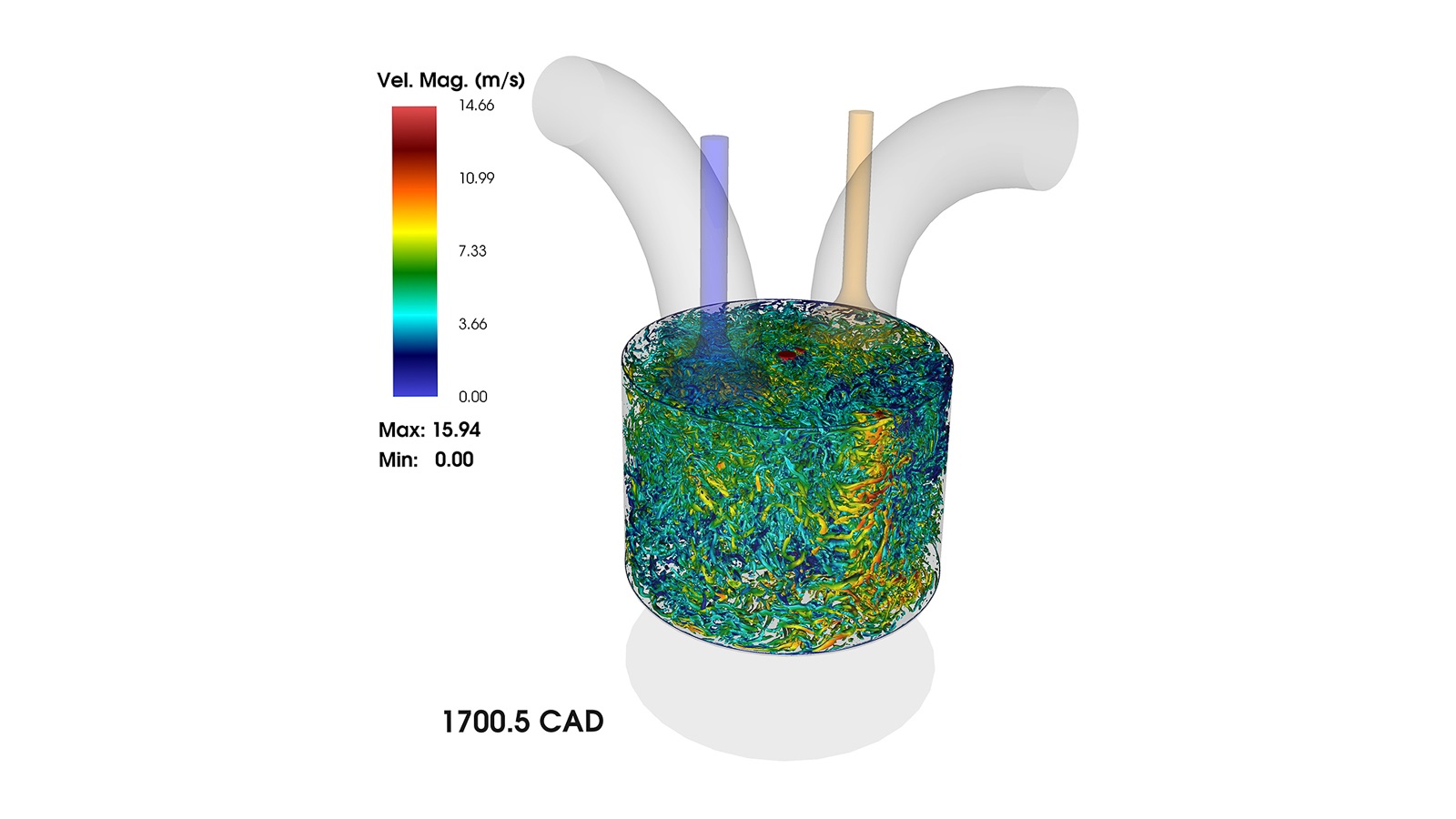
Argonne conducts largest-ever simulation of flow inside an internal combustion engine
Groundbreaking simulation provides data that could help manufacturers create greener engines.

Novel insight reveals topological tangle in unexpected corner of the universe
In a recent theoretical study, scientists discovered the presence of the Hopfion topological structure in nano-sized particles of ferroelectrics — materials with promising applications in microelectronics and information technology.
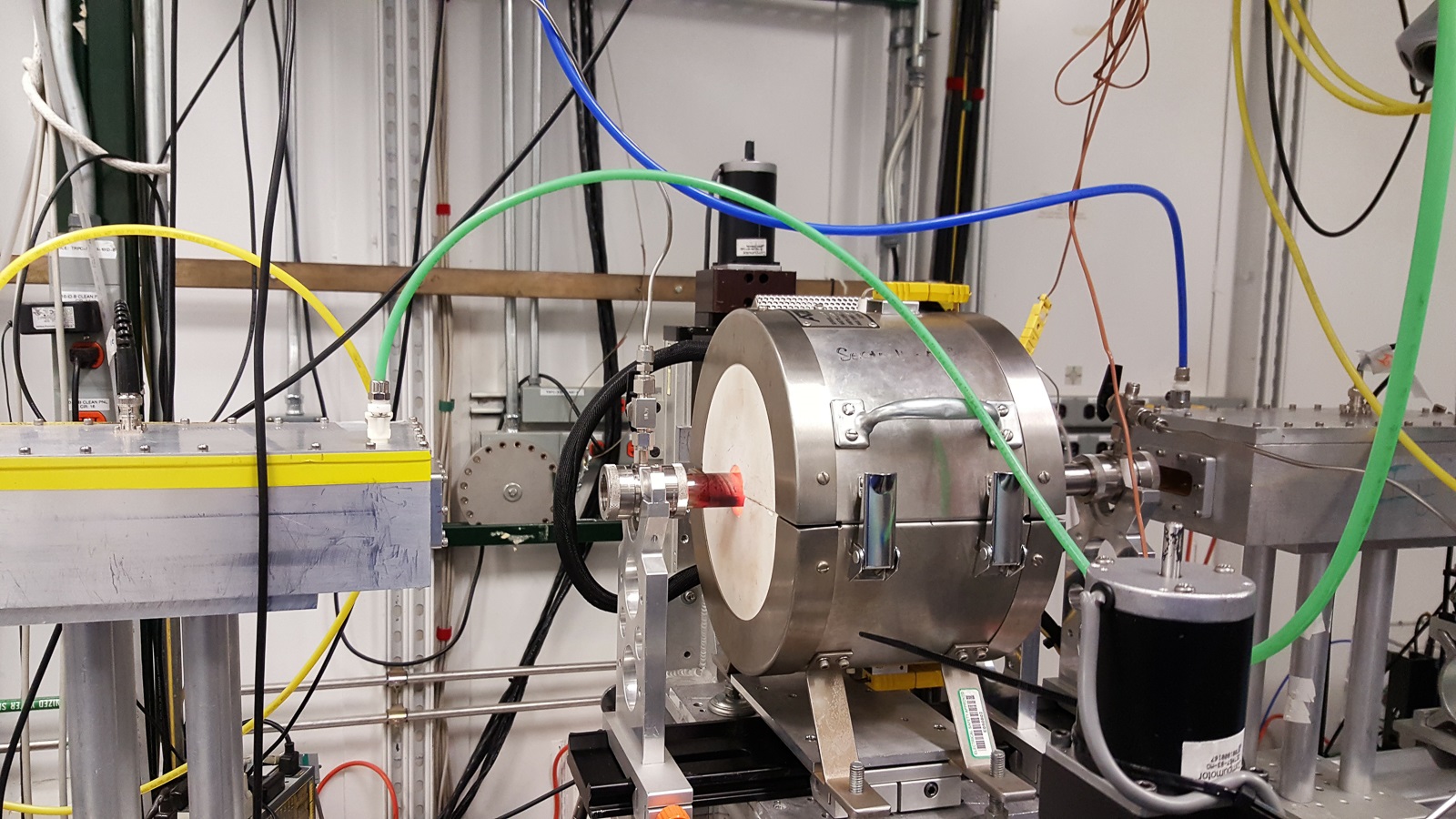
Platinum-free catalysts could make cheaper hydrogen fuel cells
Argonne scientists studied platinum-free catalysts for important fuel cell reactions. The research provides understanding of the mechanisms that make the catalysts effective, and it could inform production of more efficient and cost-effective catalysts.

A unique heat storage technology gathers steam
Many processes that generate electricity also produce heat, a potent energy resource that often goes untapped everywhere from factories to vehicles to power plants. An innovative system currently being developed at the U.S. Department of Energy’s (DOE) Argonne National Laboratory can quickly store heat and release it for use when needed, surpassing conventional storage options in both flexibility and efficiency.

Uncertain Climate Future Could Disrupt Energy Systems
An international team of scientists has published a new study proposing an optimization methodology for designing climate-resilient energy systems and to help ensure that communities will be able to meet future energy needs given weather and climate variability. Their findings were recently published in Nature Energy.
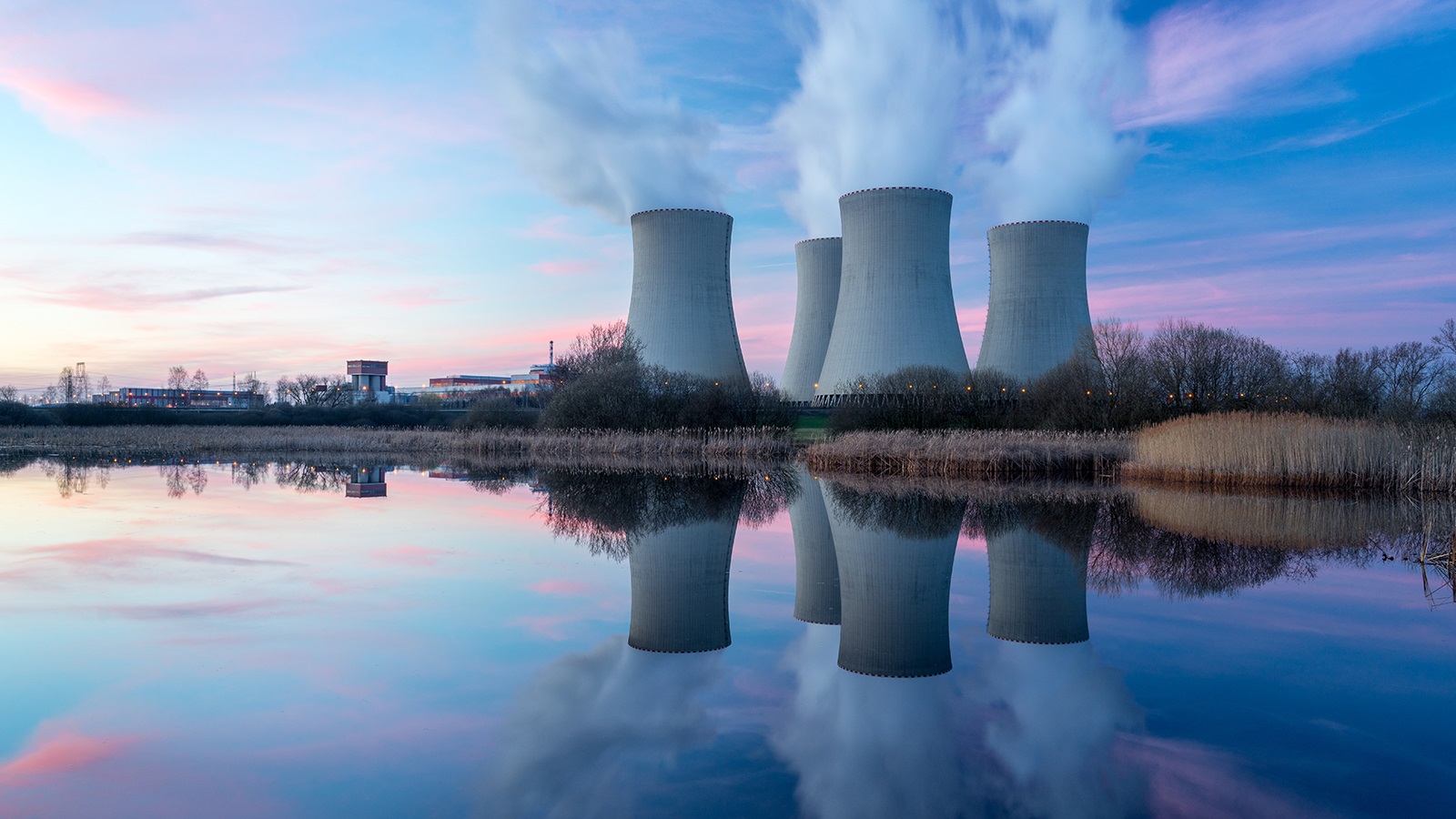
Argonne uses artificial intelligence to improve the safety and design of advanced nuclear reactors
Argonne scientists and engineers are looking toward AI — specifically, machine learning — to help us better understand the mechanics that govern nuclear reactors.

The modern electric grid needs smarter modeling for improving resilience, study finds
Many studies do not adequately consider the two-way nature of this relationship and its impact on grid resilience.
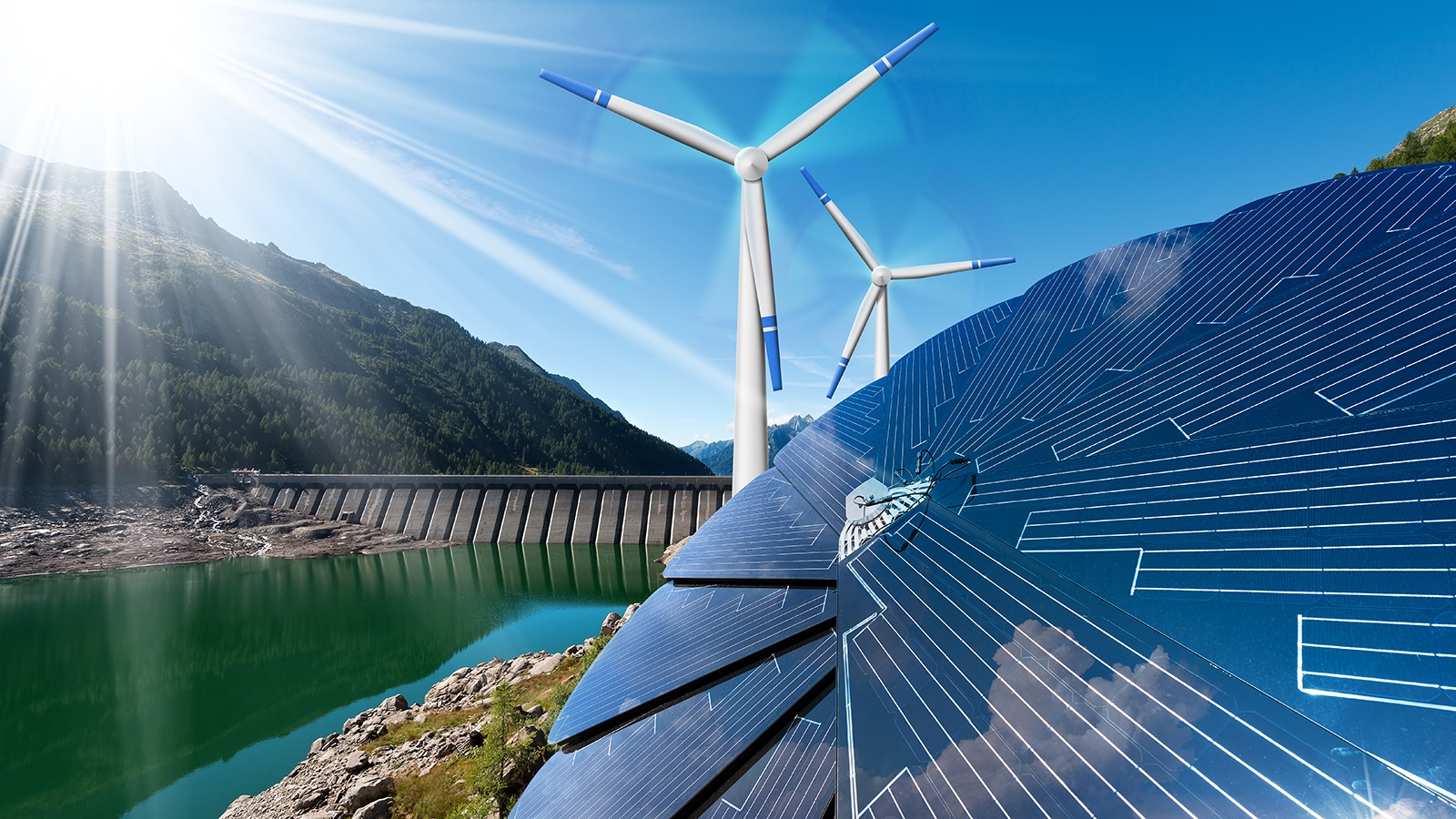
Utility player: How hydropower can help get more wind and solar on the grid
Argonne researcher Audun Botterud co-authored a recent paper from the International Energy Agency on hydropower’s potential for integrating other renewables on the grid.